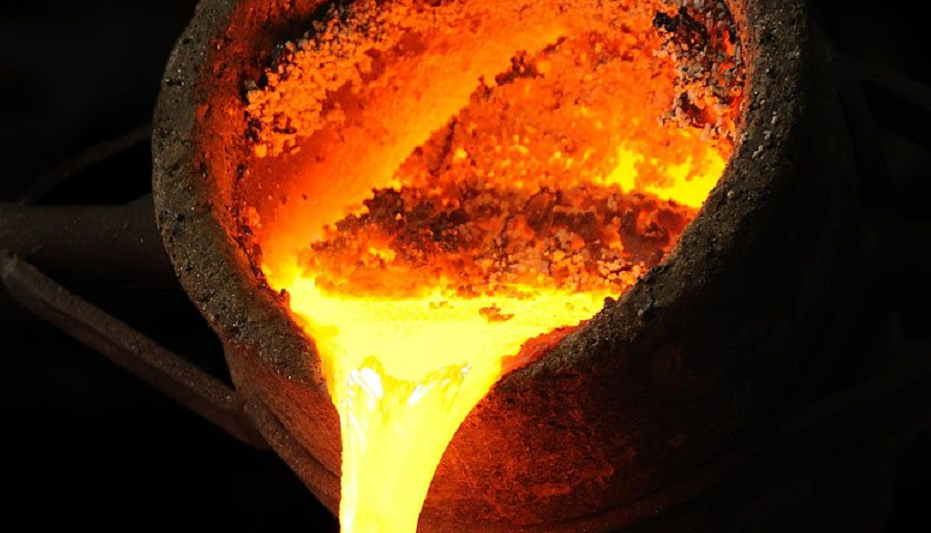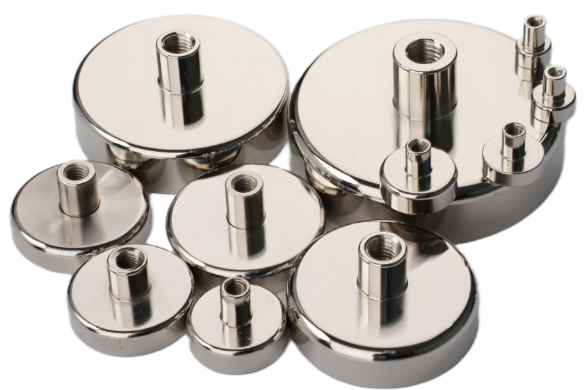How Neodymium Magnets Are Made and Their Applications
Neodymium magnets are the most commonly used rare earth magnets, which are widely used in electronic products, such as hard drives, mobile phones, earphones, and battery-powered tools. But do you know how neodymium magnets are made? The process of making them is complicated and delicate. So in this article, let's take a look at how neodymium magnets are made and what are their applications.
 How neodymium magnets are made?
How neodymium magnets are made?
Before going any further, let's figure out the ingredients of a neodymium magnet first.
The main components of neodymium magnets are neodymium itself, iron, and boron, and this compound is called NdFeb. The exact composition depends on the grade or strength of the magnet produced.
How neodymium magnets are made?
There are 6 major steps to make a neodymium magnet:
Step 1. The Mix
To begin with, all the elements that make up the magnets of the chosen grade are put into a vacuum induction furnace, heated, and melted to form an alloy. The mixture is then cooled to form lumps, which are then ground into fine particles in a jet mill. Each particle is usually only three microns in size, which is smaller than red blood cells!
Step 2. Pressed
The ultrafine powder is then pressed into a mold and magnetic energy is applied to the mold. The magnetism comes from a coil of wire. It ACTS like a magnet when an electric current is passed through it. The direction of magnetism is locked as the mixture is pressed. When the particle structure of a magnet matches the direction of magnetism, this is called an anisotropic magnet.
Step 3. Sintered
This is not the end of the process. On the contrary, the magnetized material at this time has been demagnetized and will be remagnetized later in the process. At this stage, the material is too soft and brittle to be used. The next step is to heat the material, almost to its melting point. This process is called sintering, which fuses the powder magnet particles. This process is carried out in an inert environment without oxygen.
Step 4. Cooled
Almost there, the heated material is rapidly cooled using a technique called quenching. This rapid cooling process minimizes areas of poor magnetic properties and improves performance. This is the stage when the raw magnets are processed into their desired shapes. However, diamond-plated cutting tools are needed because they are very hard.
Step 5. A Coat for All Applications
The last step before remagnetizing the material is crucial. Since neodymium magnets are very hard and easy to break and chip, they must be coated, cleaned, dried, and plated. There are many different types of coatings for neodymium magnets, the most common being nickel-copper-nickel mixtures, but they can also be coated with other metals, even rubber or PTFE.
Step 6. A Magnet Is Born
After being plated, the finished material is placed in a coil and remagnetized. When the electric current passes through the coil, the magnetic field strength generated by it is three times the strength required by the magnet. This process is so powerful that if the magnet is not held in place, it can be flung from the coil like a bullet.
The Applications of Neodymium Magnets
NdFeB magnets have excellent magnetic properties and are widely used in electronics, electrical machinery, medical equipment, toys, packaging, hardware machinery, aerospace, and other fields. The more common ones are permanent magnet motors, speakers, magnetic separators, computer disk drives, magnetic resonance imaging equipment, and meters.
Conclusion
Thank you for reading our article and we hope it can help you to have a better understanding of how neodymium magnets are made and their applications. If you want to know more about neodymium magnets, we would like to advise you to visit Stanford Magnets for more information.
Stanford Magnets is a leading supplier of magnet products across the world that has more than two decades of experience in the manufacture & sale of permanent magnets, providing customers with high-quality rare earth permanent magnetic products such as neodymium magnets, and other non-rare-earth permanent magnets at a very competitive price.















